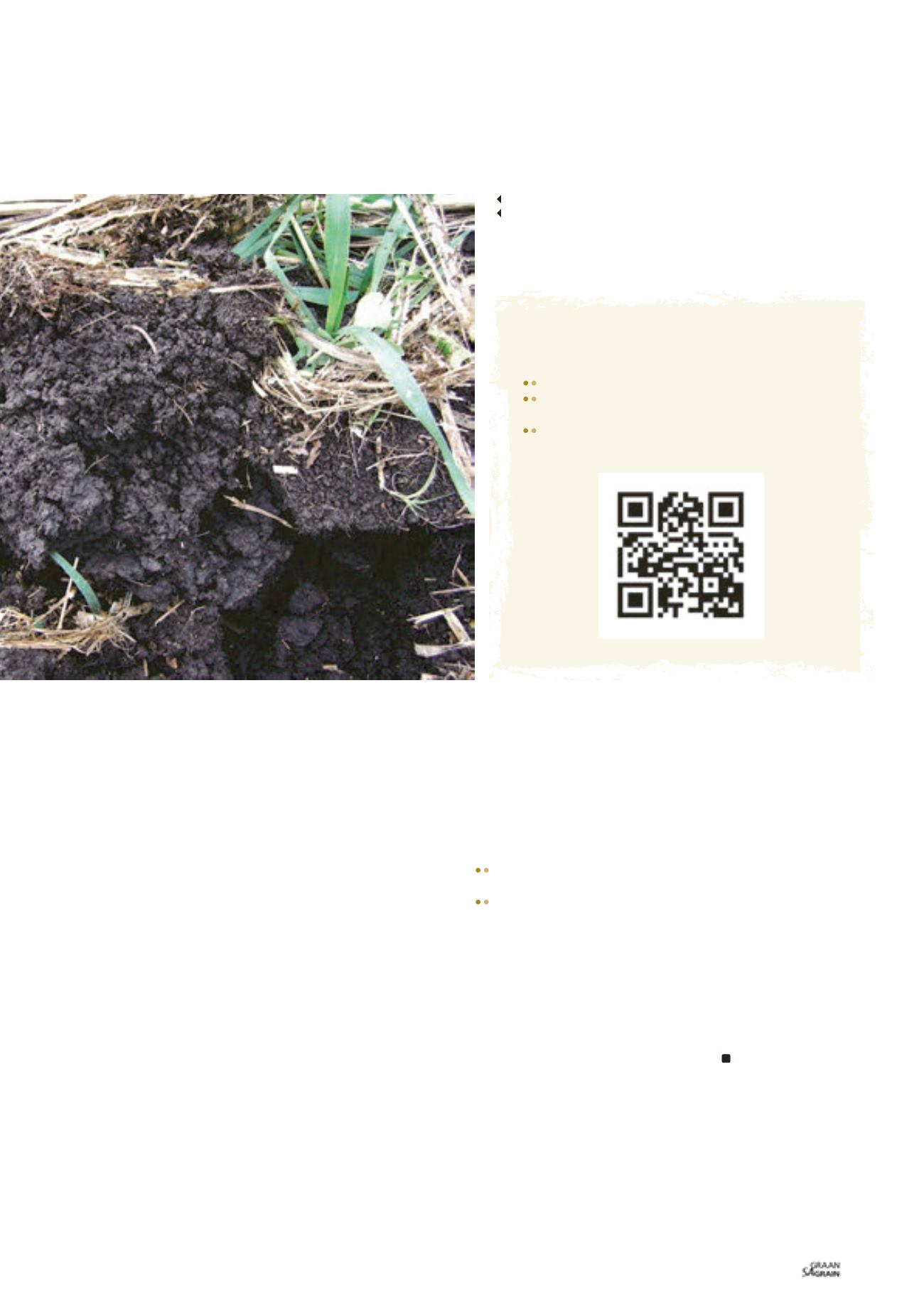
81
March 2014
assures benefits from CA that are exponentially synergistic in
many ways.
11. Increases and protects biodiversity
The negative impact on agro-biodiversity and biodiversity
in general of genetically narrow monoculture propped up by
pesticide use and inorganic fertiliser, are as well-known as they are
broadly lamented. The central “conservation” thrust of CA practice
integrates conservation and sustainability in many ways that
cannot be matched by industrial agriculture in general. Of all the
possible indicators that could be used to measure the resilience
of CA systems, biodiversity indices would be the most revealing
and consistent in terms of massive quantitative increases and
qualitative improvements of system robustness.
12. Is a key driver of sustainability by preserving natural capital
It may be true that agro-ecological agriculture is the last
bastion of natural capitalism, because in few sectors of human
enterprise is the link between natural capital conservation and
management on the one hand and human welfare on the other,
as tightly integrated as they are in agro-ecological farming. The
C in conservation agriculture has been interpreted, e.g. by Dan
Reicosky (2001), as being equivalent to carbon conservation.
This C, which also features prominently in capital, also reveals
how the management of carbon by adopting sustainable
conservation agriculture is the central economic reality of our
species as a carbon-based life form. See
Photo 5
.
13. Empowering and nurturing the ecolacy
CA is, as the attributes above unequivocally reveal and
corroborate, the source and means of empowering and
nurturing the ecolacy (ecological literacy), which is not only the
core of extant indigenous and endogenous knowledge required
by future rural green economies, but which is also the central
human capability that is required by industrial green economies
to save our planet from human ignorance-based greediness.
The icing on the cake
Among the 15 so-called wedge-strategies (Pacala & Socolow, 2004),
endorsed by the UN Panel on climate change for climate change and
adaption, CA is the only option that:
Impacts positively on climate change; i.e. creates global public
goods, because of and through producers making private profits.
Does not require large, upfront public investment, only to yield
public good benefits in the distant future.
What this means is that CA farming is an ideal enterprise that
qualifies CA producers for participation in carbon trading schemes
and to receive payments for the positive ecosystem services de-
livered by CA.
Therefore you must increase and convert your existing ecological
literacy (ecolacy) and experience into hard cash by adopting,
adapting, improving and implementing CA.
Sources
Lange, D. 2005. Economics and evolution of smallholdings’ conservation
agriculture. Mid-Term Experiences, FAO/GTZ/MAG, Asunción (Paraguay).
Pacala, S. & Socolow, R. 2004. Stabilisation wedges: Solving the climate problem
for the next 50 years with current technologies.
Science
305, 968-972.
Reicosky, D. 2001. No-till and carbon sequestration. Address as Speaker: No-till on
the plains meeting.
Sorrenson, W.J. 1997. Economics of no-tillage and crop rotations. Policy and
Investment Implications. FAO Report No: 97/075 ISP-PAR.
Sorrenson, W.J., Duarte, Y.C. & Portillo, J.L. 1998. Economics of no-till compared
to conventional systems on small farms. Policy and Investment Implications, San
Lorenzo (Paraguay).
Read more
CA website:
Interactive version of this table:
?
SearchType=interactiveTableView&itableId=84700
Download PDF:
reference&ReferenceID=560270
4b: No-till planters for smallholders.
Photo: H. Smith
5: Healthy soil.
Photo: J. Clapperton


